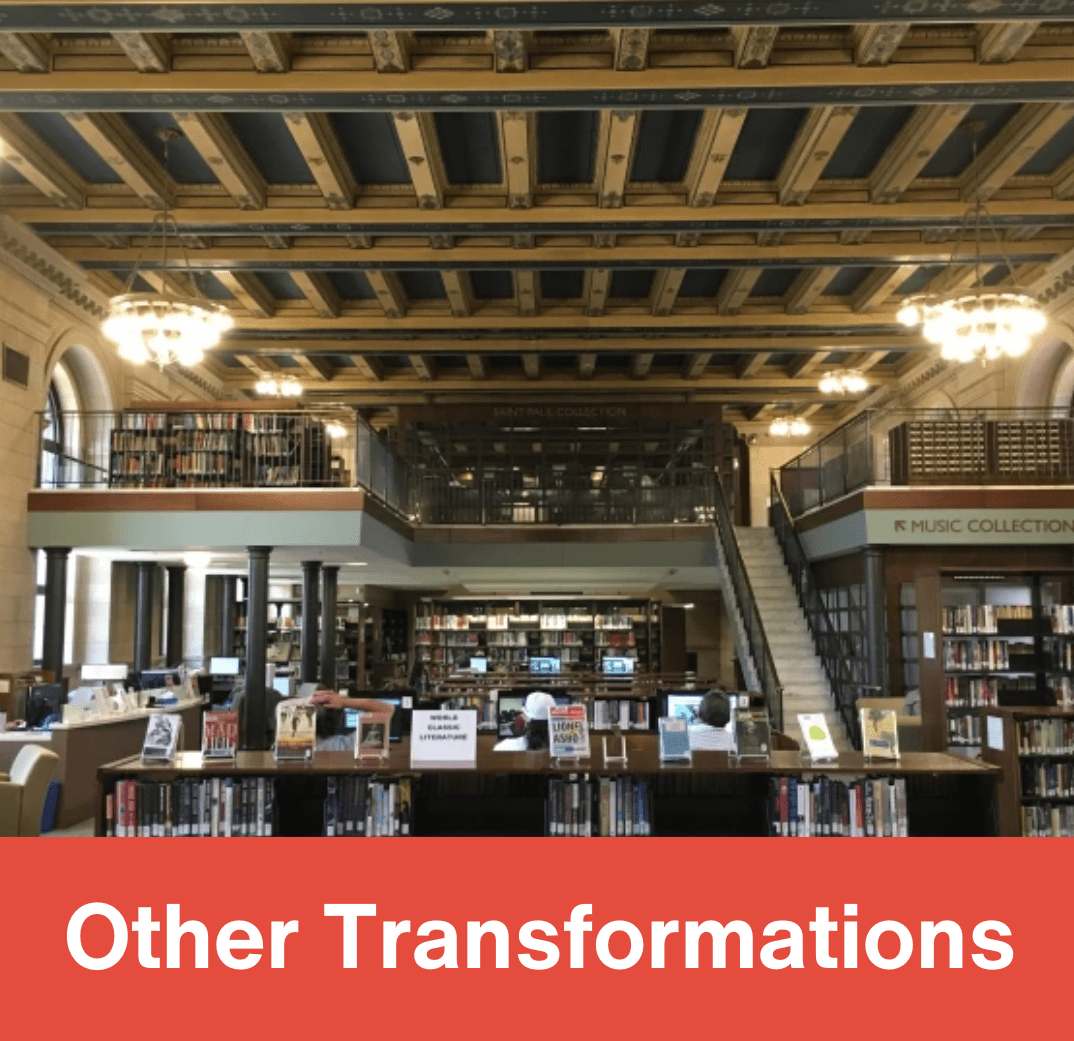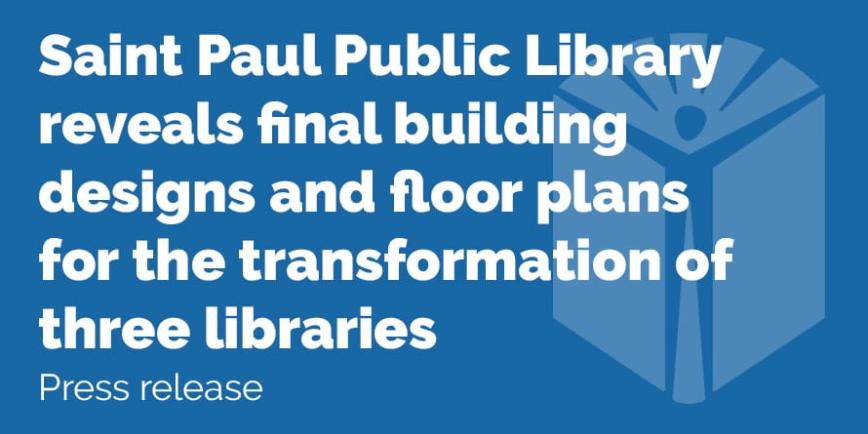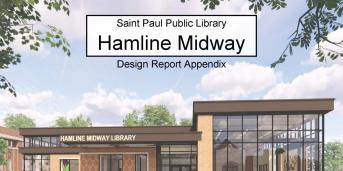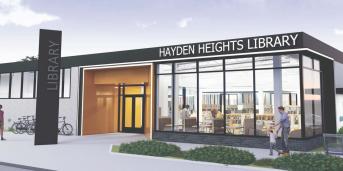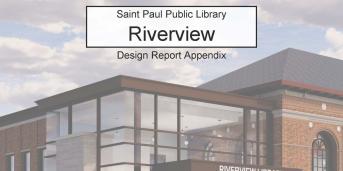Project Overview
Saint Paul Public Library and community members are co-creating a vision to transform libraries in Saint Paul by:
- Investing in three well-loved, well-used, and well-worn libraries in Saint Paul that have not been renovated in more than 30 years: Hamline Midway, Hayden Heights, and Riverview.
- Creating technology-rich spaces and places for families to play and learn at all library locations.
The work to transform libraries began with our Strategic Direction in 2018, where we identified the following community-informed goal for library facilities: to invest in spaces that are safe, inviting, and affirming, and comfortable for people of all cultures, abilities, and communities. With that goal, we listened to community members to create the Facilities Direction, which serves as a guide for the investments we are making.
Equity-focused community engagement has been a cornerstone of Transforming Libraries. In efforts to center historically excluded voices and perspectives, SPPL engaged more than 3,000 additional people through a series of virtual and in-person open houses, pop-up events, community meetings, and surveys. We asked community members to identify what they want from their local library’s transformation. We heard overwhelming support for libraries that maximize accessibility for all community members, are environmentally responsible, reflect the cultures of the community, and provide new spaces for families and teens to play and learn and for community members to gather, meet, and work or study independently. Community input, along with technical guidance from design partner, LSE Architects, and additional industry experts have informed our final designs for Hamline Midway, Hayden Heights, and Riverview libraries.

Community Engagement
To create community-informed plans for the future of Hayden Heights, Hamline Midway, and Riverview libraries we designed an equity-centered community engagement process with our design partner, LSE Architects. Together, we sought to ensure historically excluded perspectives and communities were at the center of this work. Our community engagement efforts included the voices of young people, BIPOC communities, people who identify as trans or non-binary, and people with disabilities.
News
Hamline Midway Library to Close May 28.
St. Paul library officials unveil library designs
Library renderings, open houses for library remodels
Final building designs and floor plans for three libraries
Resources and Documents
Design Report Appendix: Hamline Midway - Part 1
Design Report Appendix: Hamline Midway - Part 2
Design Report Appendix: Hayden Heights
Design Report Appendix: Riverview
Frequently Asked Questions
Updated November 3, 2022




